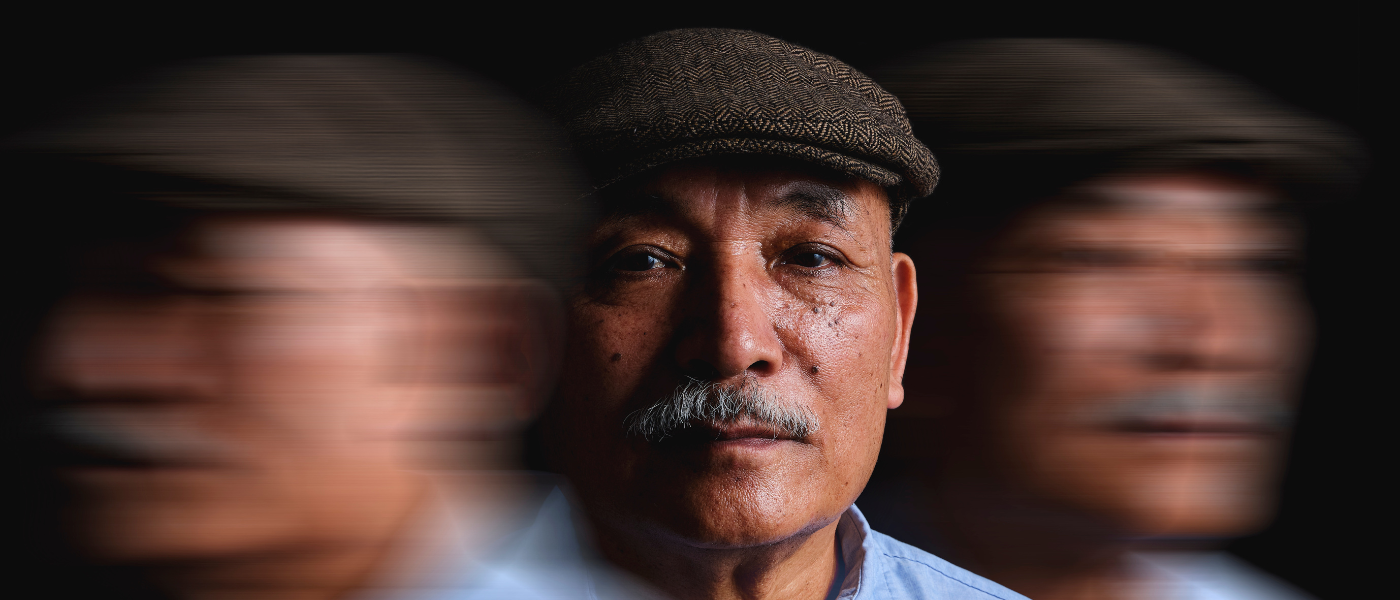
Neurodegenerative disorder affecting movement.
Physiotherapy for Parkinson’s Disease (PD) focuses on improving mobility, balance, strength, and overall quality of life. Evidence-based interventions help manage symptoms, slow disease progression, and enhance functional independence.
Parkinson’s often leads to bradykinesia (slowness of movement), shuffling gait, and freezing episodes. Physiotherapy includes:
Postural instability increases fall risk in PD. Treatment includes:
Muscle rigidity and weakness are common in PD. Interventions include:
A specialized program for PD that emphasizes high-amplitude movements to recalibrate motor control. Benefits include:
PD patients often struggle with performing multiple tasks simultaneously. Therapy includes:
Reduced lung capacity and hypophonia (soft speech) are common. Techniques include:
The exact cause of PD is unknown, but contributing factors include:
Recover faster, move better, and feel stronger with expert physiotherapy. Our team is here to guide you every step of the way.

Our clinic offers:
✔ Personalized exercise programs tailored to disease stage
✔ LSVT BIG-certified therapists for amplitude-based training
✔ Fall prevention and home safety assessments
✔ Caregiver training for long-term support
✅ Neurological physiotherapy specialists
✅ Evidence-based PD programs
✅ One-on-one therapy sessions
✅ Community exercise groups for PD patients
Don’t let Parkinson’s limit your life. Our team is here to help you move better, stay stronger, and live independently.
📞 Call Us: 905-669-1221
📍 Location: 398 Steeles Ave W #201, Thornhill, ON L4J 6X3
🌐 Online Booking: www.vaughanphysiotherapy.com
Serving Thornhill, Markham, Richmond Hill, North York, and surrounding areas.
Your journey to better movement starts today!
Explore the latest articles written by our clinicians